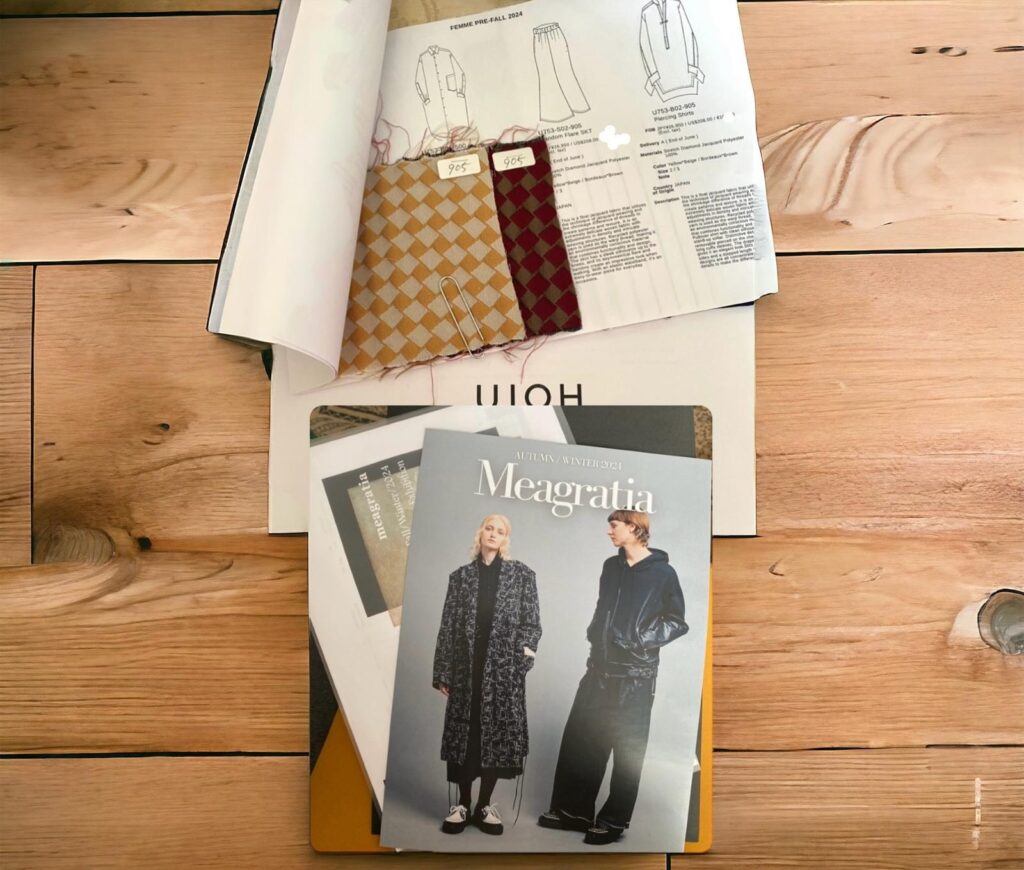Creativity or Reality?
Exploring the Struggle to Sustain Fashion Amidst Economic Collapse
These days, we are here with one eye on creativity, or the dream as we like to call it in fashion, and one on the tragic reality surrounding us. In other words, we are trying to strike a balance between maintaining the fashion business and witnessing a world that falls apart.
As we are currently reviewing collections, we would love to stay focused only on the creative side of fashion. Therefore, delve into volumes and silhouettes, hand-detailings, materials and colours. Also, N.Y. Fashion Week, London Fashion Week, or lookbooks we receive. Yet, we cannot ignore the sobering reality that surrounds us. With each passing day, we are bombarded with news of industry giants facing closures, layoffs, and financial uncertainty.

Navigating turbulent times
We explored the issue of the leather goods compartment in Florence, which is stuck. Consequently, 250 manufacturers are at risk of downsizing or closure. Furthermore, the latest news reveals that 26 Galeries Lafayette affiliated stores are at risk of administration under control. Also, Nike is about to fire 2% of its global workforce, so 1.500 people will lose their jobs. The data, beyond depressing, shows the picture of a collapsing system. Piece after piece. Field after field. Indeed, it is also the case of “The Body Shop,” which filed for bankruptcy, so 2.000 will be jobless. And these are just a few examples.
The fashion industry’s battle for survival
While navigating such adversity, the question is: creativity or reality? Dreams or facts? Perhaps we can ignore that the economy is crumbling. And more people are losing their jobs. But ultimately, who do brands make garments for? Who will buy expensive clothes? The truth is, the economic collapse is reshaping consumer behaviour. It might be that consumers’ preferences will shift towards lower prices, ignoring any sustainable and ethical aspects. So, the percentage of those shopping niche products will be thinner.
In light of the failure of the existing system, it becomes imperative for fashion businesses to embrace change. As we navigate the unprecedented turbulent times the fashion industry is facing, it’s important to remember that adversity breeds innovation. In times of crisis, the ability to pivot and adapt becomes essential. Therefore, fashion businesses must be open to reassessing their strategies.
And if adversity breeds innovation, now it’s the time for it!
Creativity or Reality? Read More »